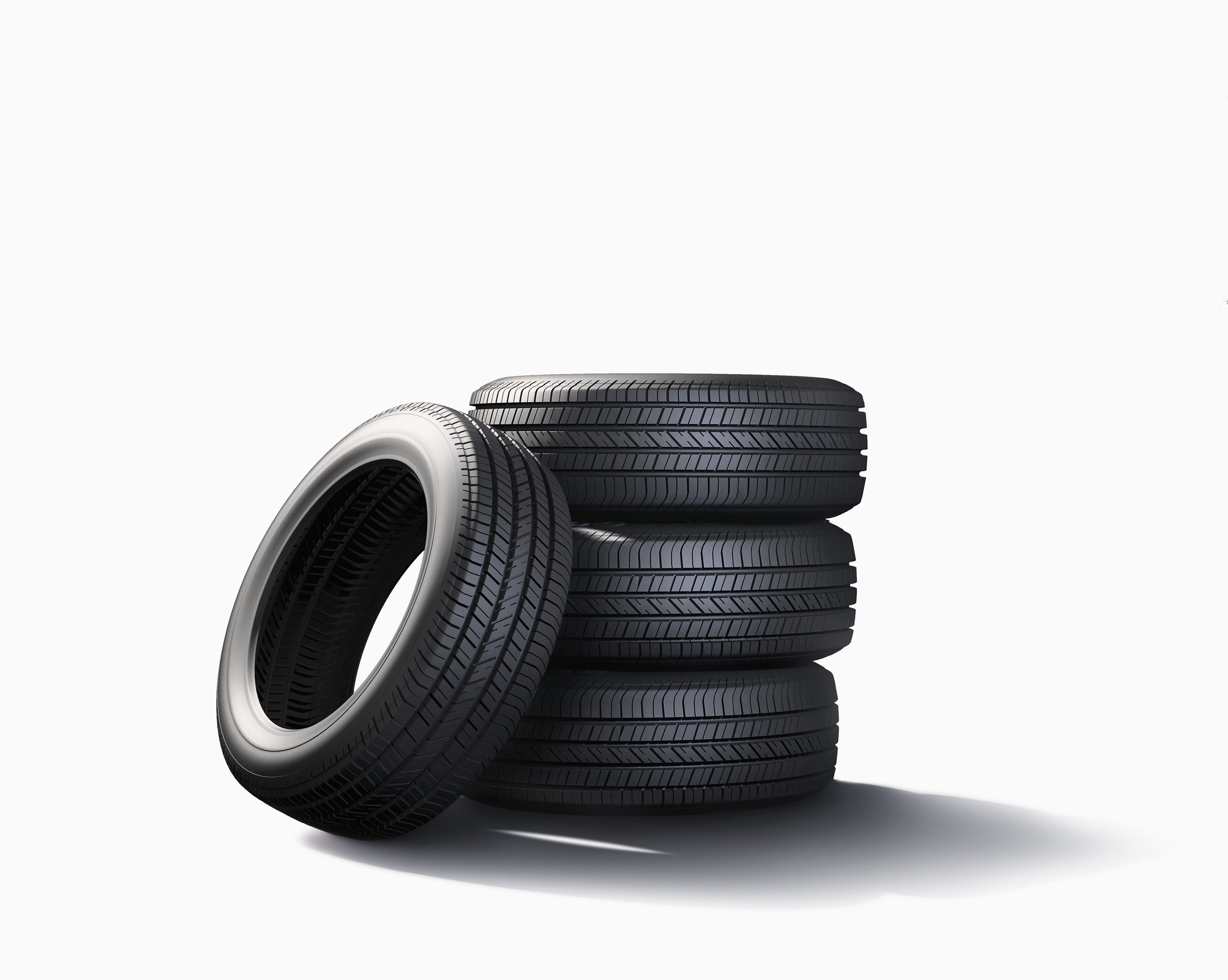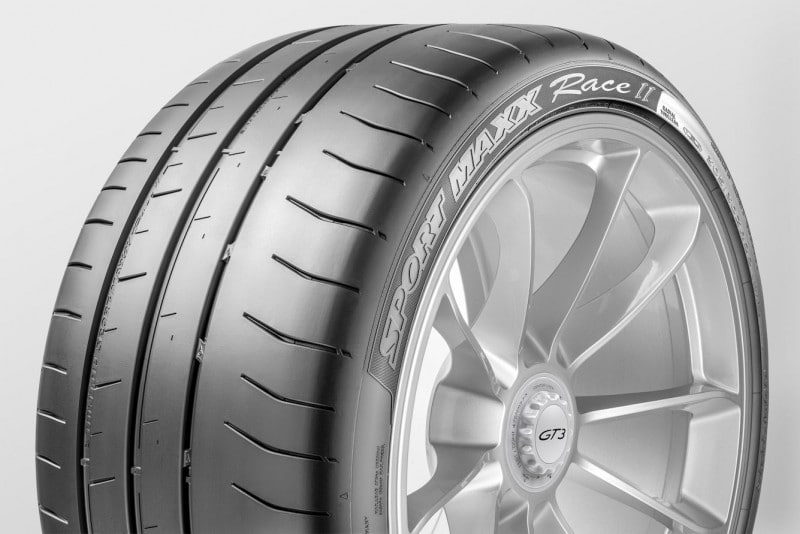All Categories
Featured
Table of Contents
The Michelin used a comfortable driving experience, characterised by responsive steering and a progressive understeer balance. Despite the cooler testing conditions, Michelin's regular time and grasp over three laps suggests its viability for real-world applications. Conversely, Yokohama's efficiency was distinct. While its super-quick steering resulted in a rapid front axle turn, the back revealed a propensity to swing extra.
One more notable facet was Yokohama's warm-up time. The tire's very first lap was a second slower than the second, pointing to a temperature-related grasp boost. This recommends the Yokohama could shine in dry, race-like problems. For everyday usage, the Michelin may be a safer bet. Next off in line was the Hankook.
Tyre Rotation Services
It shared Michelin's risk-free understeer balance however lacked the latter's determination to transform. Continental and Goodyear's efficiencies were remarkable, with Continental's new PremiumContact 7 showing a substantial renovation in damp problems compared to its precursor, the PC6. This design was far less conscious pack changes and behaved just like the Michelin, albeit with somewhat much less interaction at the limit.
It combined the secure understeer equilibrium of the Michelin and Continental with some sporty handling, confirming both foreseeable and fast. As an all-rounder for this Golf GTI, Goodyear's Crooked array was the standout, demonstrating excellent performance in the damp. The Bridgestone Potenza Sport took the crown as the fastest tire, albeit by a small margin.
Chauffeurs seeking an interesting wet drive could find this tyre worth taking into consideration. The standout entertainer in damp stopping was the newest tire on test, the PremiumContact 7, though the outcomes are nuanced.
Honest Cheap Tyres
Ideally, we desired the cold temperature level test to be at around 5-7C, but logistical hold-ups indicated we tested with an ordinary air temperature level of 8C and water at 12C. While this was cooler than typical examination conditions, it was still warmer than real-world problems. The cozy temperature level examination was done at approximately 18C air and 19C water.
The 3rd run included damp braking tests on used tyres, especially those machined down to 2mm with a small run-in. While we meant to do more with these worn tyres, weather condition restraints restricted our testing. It's worth noting that damp braking is most essential at the used state, as tyres generally enhance in completely dry problems as they use.

Bridgestone, Goodyear, and Michelin saw the least efficiency decrease when used. The Hankook tire signed up the smallest performance drop as temperatures cooled, however it was amongst the most influenced when put on.
Honest Tyre Repair – Landsdale
The take-home message right here is that no single tire excelled in all aspects of wet stopping, indicating a complex interplay of elements affecting tire performance under different problems. There was a standout tire in aquaplaning, the Continental finished top in both straight and bent aquaplaning, with the Michelin and Goodyear also excellent in much deeper water.

Yokohama can gain from somewhat more hold, an issue potentially affected by the colder problems. When it comes to managing, all tires done within a 2% array on the lap, demonstrating their high-quality performance (Tyre repair services). Nonetheless, considering these tires basically target the exact same client, it interests observe the significant differences in feeling.
The shock is due to the fact that the PremiumContact 6 was one of my favourites for stylish completely dry drives, however its successor, the PremiumContact 7, seems elder and resembles Michelin's performance. Amongst these, Hankook was the least specific in steering and interaction at the limitation. Tyre tuning. Both Michelin and Continental used charming first steering, albeit not the fastest
If I were to suggest a tire for a quick lap to an amateur, say my dad, it would certainly be one of these. We have the 'enjoyable' tyres, specifically Yokohama and Bridgestone. Both were quick to guide and really felt sportier than the others, however the trade-off is a more playful back side, making them more challenging to deal with.
Leading Tyre Servicing Near Me – Landsdale 6065 WA
It offered comparable steering to Bridgestone yet used much better responses at the limit and much better hold. The Bridgestone Potenza Sporting activity, nonetheless, appeared to deteriorate rather promptly after simply 3 laps on this requiring circuit. There's Goodyear, which positioned itself someplace in between the fun tires and those tending towards understeer.
Overall, these tyres are excellent performers. For roadway use, I 'd lean towards either the Michelin or Goodyear, relying on your certain preferences. In regards to tire wear, the technique used in this test is what the sector refers to as the 'gold standard' of wear. The wear professionals at Dekra conducted this examination, which entailed a convoy of automobiles passing through a thoroughly planned path for 12,000 kilometres.
Both the Bridgestone and Yokohama tires substantially underperformed in contrast to the other 4 tires in terms of rolling resistance, with Continental slightly surpassing the remainder. Pertaining to the convenience degree of the tires, as anticipated, most demonstrated an inverse correlation with handling. The Continental, Michelin, and Goodyear tyres executed ideal throughout various surface area kinds checked.

Bridgestone started to show indications of firmness, while Yokohama was particularly rough over splits. We did determine inner noise levels; however, as is commonly the instance, the outcomes were carefully matched, and as a result of weather constraints, we were unable to carry out a subjective evaluation of the tires sound. Ultimately, we took a look at abrasion numbers, which determine the quantity of tire tread shed per kilometre, normalised to a one-tonne vehicle.
Honest Car Tyre Fitting Near Me
This figure represents the quantity of rubber dust your tires generate while driving. Michelin led in this category, producing over 9% less rubber particle matter. On the various other hand, Hankook generated 32% more. This is an element I think the market must concentrate on even more in the future, and it's something Michelin is promoting.
Latest Posts
Long-lasting Tyres
Cost-effective Car Tyres Near Me – Stirling
Wheel Balancing – [:suburb]